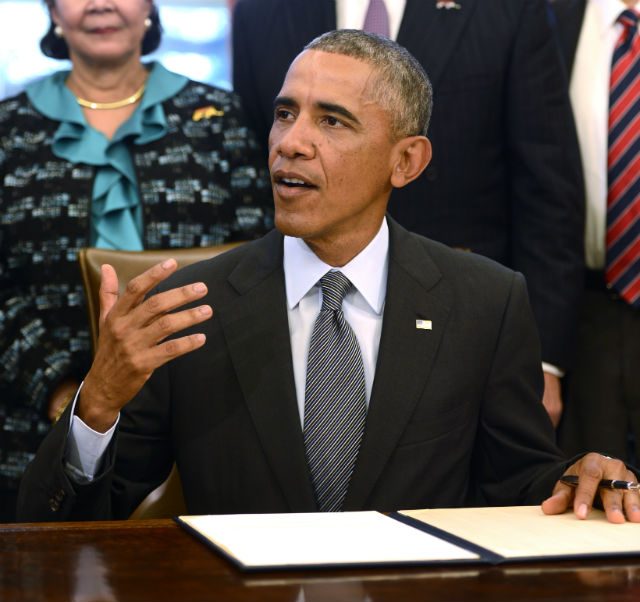SUMMARY
This is AI generated summarization, which may have errors. For context, always refer to the full article.

CALIFORNIA, USA – A federal proposal and a landmark California decision both involving community colleges bode well for minorities pursuing higher education, some Bay Area Filipino American educators say.
In January, President Obama unveiled the America’s College Promise proposal, which would make the first two years of community college tuition-free for eligible students.
That same month, the California Community Colleges board approved having 15 colleges develop bachelor’s-degree programs in fields such as respiratory therapy, dental hygiene and automotive technology as part of a pilot.
Education for minorities
“For working families and people of color, (the federal proposal) would be a huge step” in gaining quality higher education, Santa Clara Unified schools trustee Noelani Sallings told Philippine News.
Noting that her district enrolls nearly 8% Filipinos, Sallings said that if the proposal succeeds the number of Filipinos going to college, earning degrees or being hired for skilled positions will rise. “We’re going to see Filipinos more represented in the workforce,” she said.
San Jose-based educator and community activist Ron Muriera agrees that America’s College Promise would benefit many Filipinos because “a lot of times (community college) is their first entry into higher education. The cost of a four-year college is prohibitive.”
The proposal is intended to get “as many students prepared to take on positions in the workforce,” Muriera also told PNews.
Targeting community colleges is a good strategy because a lot of vocational programs and technical training happen in that sector of higher education, he said.
A community college already offers the most affordable kind of higher education in the country, but tuition and fees coupled with other expenses such as books and transportation can still make it financially tough for many students.
America’s College Promise would save a full-time community-college student an average of $3,800 in tuition a year, according to the White House in a news release.
Qualifying students would be those who attend community college at least half-time, maintain a 2.5 GPA and show steady progress. These students would earn a certificate, an associate degree or half of the academic credit they need for a bachelor’s degree.
The proposal would require community colleges to offer programs that fully transfer to local public four-year colleges and universities. Community colleges could also provide occupational training programs that lead to degrees and certificates in demand by employers.
The federal government would cover three-quarters of the average cost of community college while participating states would contribute the remaining funds.
In pushing for America’s College Promise, the White House pointed out that by 2020 an estimated 35% of job openings will require at least a bachelor’s degree. Currently, about 40% of students in higher education are studying in one of more than 1,100 community colleges nationwide.
‘Return of investment’
The Democratic administration’s proposal, which would cost an estimated $60 billion over a decade, will likely face a stiff challenge in the Republican-controlled Congress.
Sallings understands the concern about the proposal’s cost, but to her, the end result would trump the price tag. “The return of investment is high” in terms of being able to educate the next generation of children, she said.
The federal proposal would complement California’s new pilot program allowing some community colleges to offer four-year degrees, Sallings added.
The federal and state efforts in tandem would boost the number of educated people from minority communities in her area of Silicon Valley since one of those campuses chosen for the California program is in the local region – Foothill College in Los Altos Hills, she said.
The California Community Colleges board approved the program in response to Senate Bill 850, which was signed into law last year and loosened a long-standing restriction on community colleges by allowing these two-year institutions to launch a four-year-degree program that is not offered at the California State University or University of California system.
California’s community colleges make up the largest system of higher education in the nation, enrolling more than 2.1 million students on 112 campuses. Asians represent nearly 11% of that population while Filipinos are about 3%. – Rappler.com
This story was republished with permission from Philippine News, a content partner of Rappler
Add a comment
How does this make you feel?
There are no comments yet. Add your comment to start the conversation.